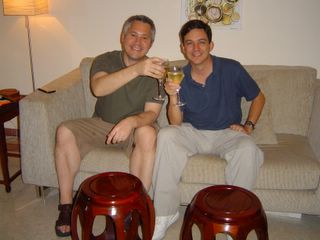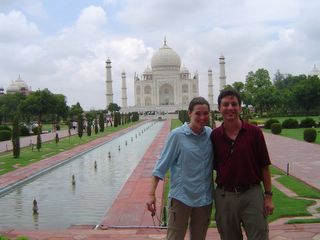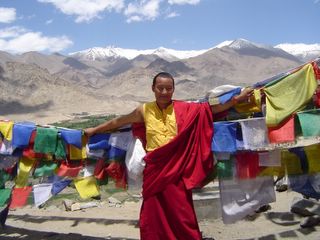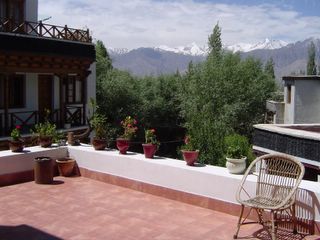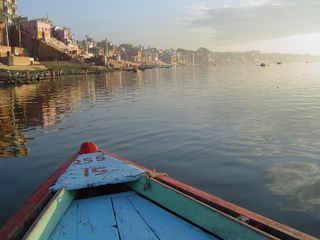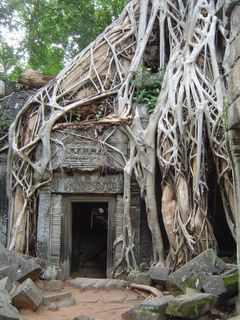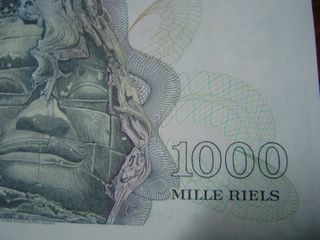A Break in Singapore
The first time I was ever in Singapore, a few years ago, it was also my first-ever stop in Asia. My reaction at the time was that the city was almost too perfect. Everything was incredibly clean and modern. There were Western restaurants and bookstores and coffee shops. I remarked at the time that it seemed as if the city were being run by Disney. It was impressive enough, to be sure, but where was the passion, I wanted to know? Where was Asia?
This time, Lisa and I stopped off in Singapore after traveling through Vietnam, Cambodia and India back-to-back-to-back, and this time I had an utterly different feeling for this city-state at the tip of the Malaysian peninsula. We quickly realized that the taxi drivers used meters and didn't try to bargain with us, there were no touts following us down the sidewalk and imploring us to buy from them, and we could brush our teeth with water from the sink. Suddenly, I was in love with Singapore!
Seriously, Singapore is a unique stopover in Asia. If you're visiting this part of the world for the first time, the city provides an easy introduction to Asian culture. Or, if you're coming from South or Southeast Asia, Singapore provides a nice break from the stresses of travel.
Our visit was even better because we were able to stay with our friend Rick Von Feldt. Rick has been in Singapore for more than five years now, working in Human Resources for an American corporation. He's a good friend, we've had great talks over the years, and it's always nice to catch up with him. He gave Lisa and me the run of his house while we were in town, and we spent a number of days catching up on errands and emails, doing laundry, and hanging out with Rick in the evenings. We even managed to see "War of the Worlds" at a local cinema.
Here are Rick and Bob toasting with a glass of wine on our last evening in Singapore, before Lisa and I resumed our travel adventures in Egypt...
